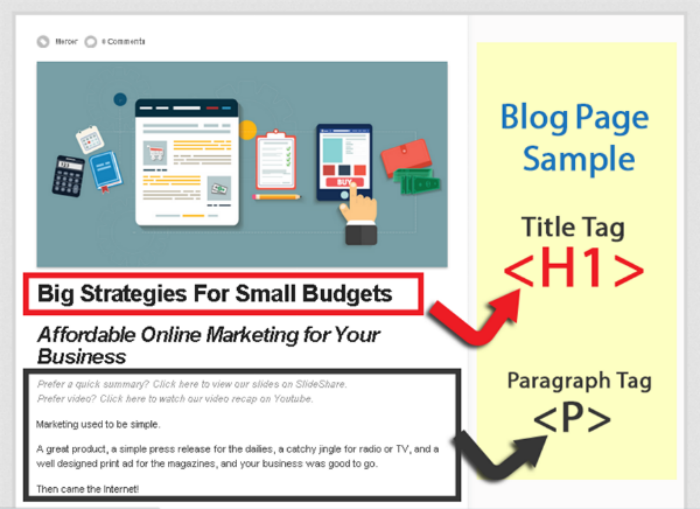The Art and Science of SEO
For many users, a search engine is their front door to the entire Internet. And through the years, Google, I think, has become the proverbial “velvet rope” for everything the web has to offer.
It’s because Search Engine Optimization (SEO) has evolved to become something of an obsession for many business owners.
But, what is IT?
Basically, SEO is figuring out how to tell the search engines what your site is all about so that search engines (like Google) can recommend your content to others. That is one of the goals of SEO, by the way—to be on top of the Google search list. Because, logically, if you are on top of the list, you’ll be the first one a potential customer will click. The other is capturing the attention of your audience with good content.
 So, is that all there is to good SEO?
So, is that all there is to good SEO?
Not quite.
Because here’s a game changing fact that not everyone will tell you about SEO–it’s not your site that gets ranked on Google, it’s THE PAGE. That’s what you should focus on, individual pages. And what Google does is to figure out what these pages have in common and decide if it deserves a spot on the top.
With that said, here’s my quick guide to creating the perfect SEO article:
1. Use H1 Tags
H1 Tags are where your article’s title will go and is a very important tag in terms of allowing Google to recognize what your article is all about. Knowing this, you should make sure that important keywords related to your content is already in the H1 tag.

How do you know what keywords to use? Try using Google’s Adwords Keyword Planner.
- If you don’t have a Google AdWords account, here is how to create one.
- Sign in to your Google Adwords account > Click “Tools” > Select “Keyword Planner”
- Start by choosing long tail keywords (words or phrases that are specific to your topic and are less common but still account for significant search-driven traffic.)
Example: “Easy online marketing strategies” - Type in the Google’s keyword search tool, and it will pull up a list.
- Choose several that indicates low competition which still receives good traffic, versus massive average search numbers with high competition.
With lower competition (even with lower average searches), you still get a better shot of being pulled up on Google across various topics as opposed to writing about a highly competitive topic because it has higher average searches.
2. Don’t Overdo It
Here’s the general rule for keyword use:
- Once on the H1 tag (the headline or title of your article)
- Once in the first paragraph
- Once in the body copy
Avoid keyword stuffing–a known black hat strategy that involves stuffing your keywords into an article. It literally means stuffing your article with keywords with no regard for content value or grammar structure. Google defines this as “the practice of loading a webpage with keywords or numbers in an attempt to manipulate a site’s ranking on Google search results.” And violating these guidelines can actually lead to your site being banned by Google and its partners.
3. Emphasize Important Text
Use bullet points for important instructions, insert numbered lists, highlight relevant keywords in bold or italics. This will help Google recognize an article as relevant to a particular search.
Again, don’t overdo it. It still has to read well. If the format makes your content seem unreadable, it will be irrelevant.
4. Link Out to Other Sites
Links are simple and easy ways to get your content out there. I’m actually surprised that it doesn’t get used more. You can link out to other sites as a way to support a particular point you are making or explain a specific reference that you were making; you can even link to an older post from your own blog.
5. Establish Credibility
Everyone says this, but here’s how you can actually make it happen–establish authorship. Sign your name after each blog post and make sure that your name links to a Google+ profile.
Of course, the profile has to be updated, informative, and be able to establish the author’s authority on the given subject.
So there you go. These 5 basic guidelines can help you get started on creating your perfect SEO article.
There are more ways you can improve your SEO strategies–slide shares, embedding, content repurposing (just to name a few)–but let’s save that for another post.
1. Pick a longtail keyword.
2. Add that the phrase is in your H1 tag, first paragraph and body copy.
3. Make sure that your entire article reads well–proofread for typos and grammatical mistakes.
Our SlideShare Slides:
Our Video Recap:
Congratulations! You just took your first step toward creating the perfect SEO article 🙂
– Mercer

